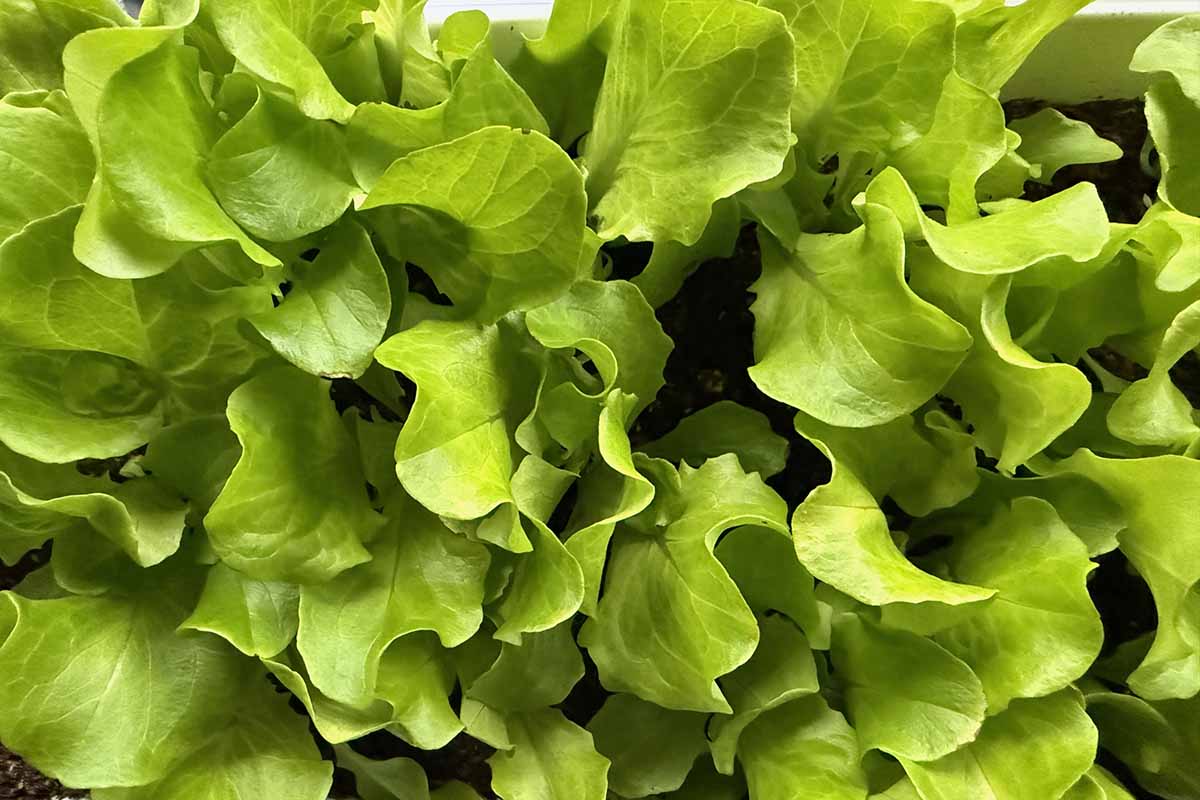Introduction
Crisp garden lettuce is a staple for fresh, healthy meals and a favorite among home gardeners. Known for its crunchy texture and vibrant green leaves, it offers both nutritional benefits and culinary versatility. Whether you’re a seasoned gardener or just starting, understanding how to cultivate and care for crisp lettuce varieties can elevate your garden and kitchen experience.
This article explores the essentials of growing crisp garden lettuce, including selecting the right varieties, optimal planting techniques, care tips, and harvesting methods. You’ll also learn expert advice to maximize yield and quality, ensuring your lettuce remains fresh and flavorful from garden to table.
Why Choose Crisp Garden Lettuce?
Crisp garden lettuce varieties, such as Romaine and Butterhead, are prized for their firm texture and refreshing taste. These lettuces:
- Provide a satisfying crunch that enhances salads and sandwiches.
- Are rich in vitamins A, C, and K, plus essential minerals.
- Grow relatively quickly, allowing multiple harvests per season.
Growing crisp lettuce at home ensures you enjoy pesticide-free produce and customize your garden to suit your taste preferences.
Best Varieties for Crisp Garden Lettuce
Romaine Lettuce
Romaine is one of the most popular crisp lettuce types. It features elongated, sturdy leaves with a slightly bitter flavor. It thrives in cooler temperatures and can tolerate partial shade.
Butterhead Lettuce
Though softer than Romaine, Butterhead lettuce provides a delicate crispness with tender leaves. It grows well in containers and raised beds.
Crisphead Lettuce (Iceberg)
Known for its tightly packed, crunchy heads, Iceberg lettuce is perfect for those who prefer a mild flavor and maximum crunch.
Planting and Growing Tips
Soil Preparation
- Use well-draining, fertile soil rich in organic matter.
- Maintain a soil pH between 6.0 and 7.0 for optimal nutrient uptake.
Sowing Seeds
- Sow seeds directly in the garden 4-6 weeks before the last frost date.
- Space seeds 6-12 inches apart to allow room for growth.
- Thin seedlings to prevent overcrowding, which reduces crispness.
Watering and Sunlight
- Keep the soil consistently moist but not waterlogged.
- Provide 6-8 hours of sunlight daily; partial shade can prevent bolting in hot climates.
Caring for Crisp Lettuce
Pest and Disease Management
- Watch for aphids, slugs, and leaf miners; use organic controls like neem oil or diatomaceous earth.
- Rotate crops annually to prevent soil-borne diseases.
Fertilization
- Apply a balanced, nitrogen-rich fertilizer every 3-4 weeks to promote lush leaf growth.
Temperature Control
- Lettuce prefers cooler temperatures (60-70°F). Use shade cloth in summer or plant in fall for crisp leaves.
Harvesting and Storage
- Harvest leaves when they reach desired size, usually 30-70 days after planting.
- Cut outer leaves first to allow inner leaves to continue growing.
- Store harvested lettuce in a perforated plastic bag in the refrigerator to maintain crispness.
Conclusion
Growing crisp garden lettuce offers a rewarding blend of health benefits, garden productivity, and culinary delight. By choosing the right varieties, preparing your soil, and following expert care tips, you can enjoy fresh, crunchy lettuce all season long. Remember to monitor growing conditions closely and harvest thoughtfully to maximize flavor and texture.
Start your crisp lettuce garden today and experience the satisfaction of fresh, homegrown greens that transform your meals and support a healthy lifestyle.
